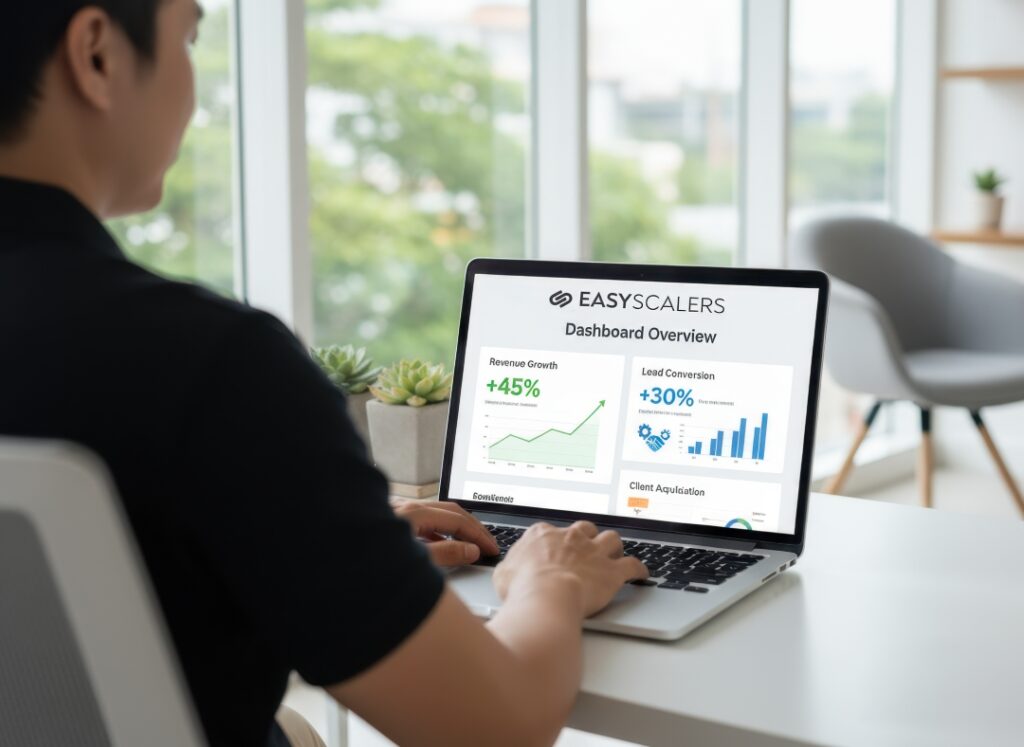Designing, deploying, and monitoring AI-powered automation can significantly enhance efficiency in small and mid-sized businesses. This step-by-step tutorial provides a practical guide for operations managers to implement effective automation without requiring extensive technical knowledge. Focusing on lead generation, sales process optimization, and customer engagement, these instructions will help you maximize productivity and profitability.
Before diving into the configuration steps, it’s crucial to understand the prerequisites. Firstly, assess your current operational processes to identify which areas are most prone to inefficiencies. Next, gather relevant data that can drive the automation, such as customer demographics, sales histories, or website traffic patterns. Additionally, choose the right AI automation platform that aligns with your business needs. Familiarize yourself with its functionalities and ensure it offers user-friendly interfaces for easy management.
Once the groundwork is laid, the next step is configuration. Begin by logging into your chosen platform and navigating to the automation configuration section. Here, define specific workflows. For instance, you might create an automated lead generation process. Input parameters like target customer profiles, preferred channels (email, social media), and timing for outreach. Testing these configurations is essential. Use test data to simulate the workflow and verify that the automation behaves as expected. For example, if you set a condition for sending an email to leads who clicked on your ad, ensure the email is dispatched correctly when that condition is met.
After successfully testing, the next stage involves deployment. This step typically requires defining triggers, which are specific events that will initiate the automation, such as a new lead entering your CRM. Deploy the workflow and closely monitor how it performs in real-time. Pay attention to metrics such as response rates and conversion ratios. You should establish a feedback loop, allowing the system to learn over time and improve its effectiveness.
Monitoring your automation is an ongoing process. Set up dashboard views that provide insights into key performance indicators (KPIs). Regularly evaluate these metrics to detect any deviations or performance issues. For instance, if lead engagement rates drop, analyze the underlying causes, and adjust your configuration accordingly. Remember to document any changes made during this process for future reference.
Error handling is also critical within your automation framework. Implement alerts to notify relevant team members when a process fails or an unexpected issue occurs. For example, if an automated email bounces, you need to troubleshoot it promptly. Develop a checklist outlining common error scenarios and their resolutions, facilitating quicker responses.
Cost control should be a priority throughout your automation journey. To estimate ROI, calculate the initial investment required for the technology and any subsequent operating expenses. Then, measure the monetary gains resulting from the automation, such as increased sales or time saved, and compare these figures. For ongoing expenses, regularly review platform fees, maintenance costs, and additional training as needed, ensuring your automation remains cost-effective.
When dealing with automated processes, security is paramount. Ensure that the platform you select complies with industry standards and best practices regarding data protection. Look for features like encryption, multi-factor authentication, and access controls. Similarly, consider your data retention policies. Determine how long you will retain customer information, especially in compliance with regulations such as GDPR. Establish clear procedures for data deletion when it is no longer needed.
Privacy concerns cannot be overlooked. Inform your customers about data collection practices and respect their preferences regarding communications and data usage. Transparent privacy policies build trust and comply with legal standards.
Vendor lock-in is another critical consideration. Ensure that the platform you choose allows for easy data export and integration with other software solutions. This flexibility minimizes dependency and facilitates smoother transitions should you decide to switch vendors in the future.
Finally, understand that ongoing maintenance of your automation system is crucial for sustainability. Regularly update software, revisit workflows, and reassess market changes to keep the system relevant. Setting scheduled reviews every quarter can help you adapt to shifting business needs.
FlowMind AI Insight: The ability to efficiently implement AI-driven automation not only streamlines processes but also opens new avenues for revenue generation. By following the outlined steps and continuously refining your approach, businesses can leverage these technologies to enhance productivity and profitability, ultimately driving sustainable growth.
Original article: Read here
2025-09-30 22:44:00

